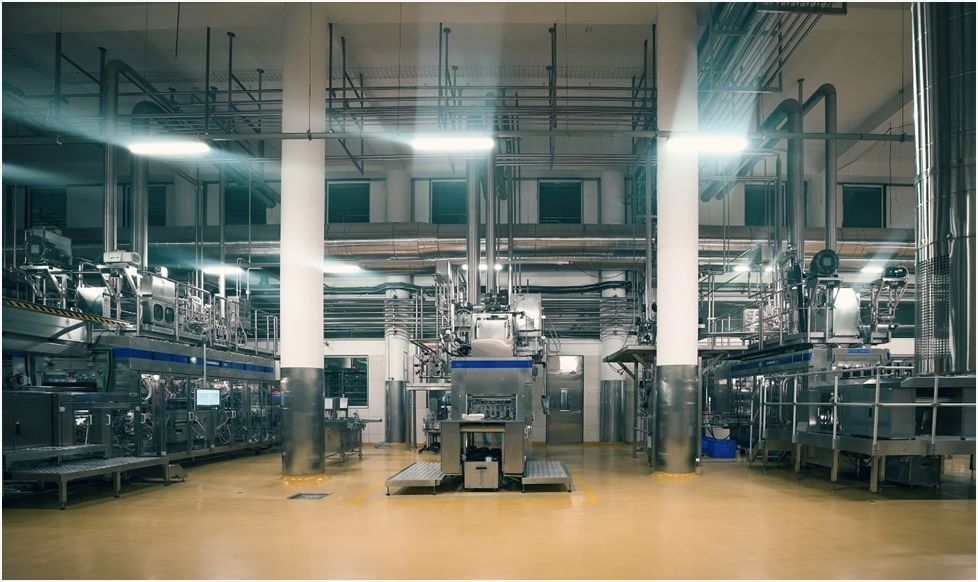Vandana Tandan is optimistic about sustainable aseptic packaging
Vandana Tandan, head of markets - India and Bangladesh, SIG Combibloc in a conversation with the WhatPackaging? team talks about SIG’s initiatives in terms of sustainable development, innovation and business growth
27 May 2024 | By Abhay Avadhani
What specific packaging materials, designs, or technologies were used, and why were they chosen?
SIG’s carton packs typically consist of three core elements: raw paperboard, polyethylene, and aluminium. Paperboard is the main component, making up around 75 % of the composite and gives the package stability. The inner polymer layers protect the liquid barrier from coming in contact with the middle layers, while the outer polymer layer keeps the moisture out. The aluminium safeguards the contents against light, oxygen and external odours.
What kind of turnaround times and production capabilities do you offer, especially for large or rush orders?
Our high-speed machine allows us to meet the diverse needs of the client within the agreed timeframe. Even in the case of large or rush orders, we are able to meet client’s expectations with our advanced technology. We are currently constructing our 10th global aseptic carton plant in India. The construction process is in full swing in the western city of Ahmedabad, Gujarat. Once functional, this manufacturing unit will produce four billion aseptic packs per year in the first phase. With additional investment, the capacity is expected to surge further.
What's your design process like, from concept to production, and how do you involve clients in the process?
We work collectively with our clients to understand their needs and ensure that they are implemented diligently. As design reflects the brand’s value and plays a key role in grabbing consumer’s attention, we aim to experiment with our designs to bring a fresh look to every package we manufacture. At SIG, we use rotogravure technology for printing all types of packages. It is a preferred choice in industries at present and ensures high-quality prints each time.
How do you stay up-to-date with industry trends and innovations?
Innovation and adaptation are the cornerstones of SIG’s business process. We evaluate the market, watch for emerging trends and collaborate with customers to understand consumer’s needs. Based on the findings, we constantly work upon our design or packaging. our packaging.
How do you promote sustainability?
To promote a sustainable future, we replaced our packaging materials with renewable alternatives, reducing our overall carbon footprint and waste rate. Furthermore, by leveraging digital technology, we strive to bridge communication gaps and integrate complete transparency into the supply chain. SIG’s filling machines are flexible and can fill nine different volumes on a single line. This helps to save energy, minimise wastage, and reduce carbon emission, thereby maximising output.

SIG’s filling machines are flexible and can fill nine different volumes on a single line
Can you briefly describe how the company was established and its progress over the years?
SIG embarked on its industrial journey in 1853 from Neuhausen, Switzerland. It ventured into the packaging sector at the start of the 20th century. Over the years, it gained expertise in manufacturing sustainable, innovative, and versatile packaging solutions, as well as, state-of-art filling machines to bring food products to consumers in a safe, and affordable way. A crucial milestone in SIG’s history was the development of packaging equipment: the horizontal bag forming, filling and sealing machine in 1957.
What are some of the major acquisitions or joint ventures SIG has been into?
In 1989, the company acquired PKL Papier- und Klebstoffwerke Linnich. With this move, SIG entered the packaging sector for liquid products such as milk, juices, soups and sauces, laying the foundation for the present SIG Group. SIG and Scholle IPN, an American company, joined forces in 2022, expanding the products portfolio to include carton, bag-in-box, and pouches. In the same year, the company also acquired Pactiv Evergreen Inc's Asia Pacific chilled carton operations, extending its presence to filling machines, carton packs and closures for the chilled segment, mainly for milk.
Can you brief us about the company’s presence?
The 170-year-old company is now present in over 100 countries, producing over 50-billion sustainable aseptic packages for its consumers. Together with its list of clients, the company aims to bring quality and nutritious foods and beverages to consumers that do not contain preservatives, are made from 100% renewable materials, and can be stored without refrigeration. SIG has recently inaugurated its 10th global aseptic package plant in Ahmedabad, Gujarat. The company's yearly turnover is around Euros 3.2-billion, and it has a skilled team of over 9,000 employees.
SIG’s new plant for aseptic carton packs in Ahmedabad
SIG laid the foundation of its first aseptic carton plant in India. Expanding its presence in the country, the company invested approximately Rs 525.98-crores in the facility being in Ahmedabad, Gujarat.
The investment is planned to be made in a phased manner over the period of 2023-2025 to reach a production capacity of up to 4-billion packs per annum. Subsequent investments are expected to increase capacity up to 10-billion packs per annum.
SIG’s investment of about Rs 880 crores encompasses state-of-the-art production technology for printing and finishing aseptic carton packs. All the packages are made adhering to stringent environmental, quality, and safety standards to meet the diverse needs of food and beverage producers and consumers.


